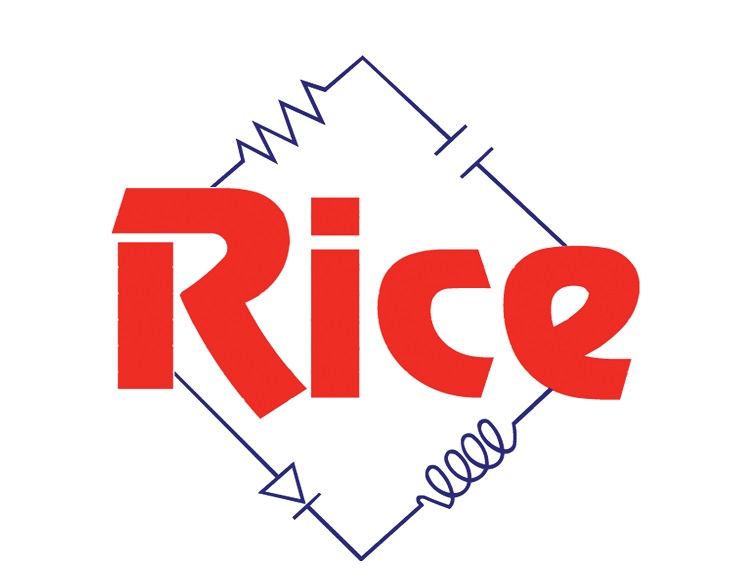VHF

DSC (Digital Selective Calling) DSC is a new feature brought to radio communications by the arrival of GMDSS (Global Maritime Distress Safety Systems). This feature is found on VHF and MF/HF GMDSS radio systems. A calling station may direct a call to a specific vessel by entering a MMSI (Maritime Mobile Service Identity) number and initiating a call. The receiving station decodes the number and if there is a match an alert is sounded indicating a communications request has been made. Other information may be embedded in the coded signal indicating nature of the call and operating frequency requested. If the coded signal is of a distress it will sound an alarm on all receiving stations and indicate the nature of the distress call and the position of the calling station. This allows for vessels in the area to respond and render aid.
VHF radios have long been the primary bridge to bridge communications system in the marine industry. Early VHF radios were simply transceivers operating in the 150 to 160 MHz range and provided line of sight communications (20 to 30 miles). Certain channels are set aside for specific communications needs such as channel 16 that is a hailing channel. The communicating parties after initializing contact on 16 would shift to another channel to conduct business. Channel 13 is a navigation channel used for inland waterways and to exchange information between passing vessels. Channel 70 is used for DSC (Digital Selective Calling) one of the new features brought about by GMDSS (Global Maritime Distress Safety System). Other specialty channels include Marine Operator (telephone) and Weather Broadcast channels.
